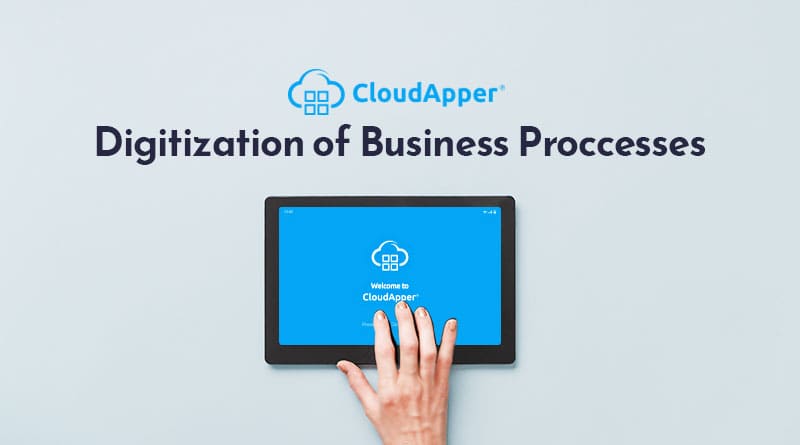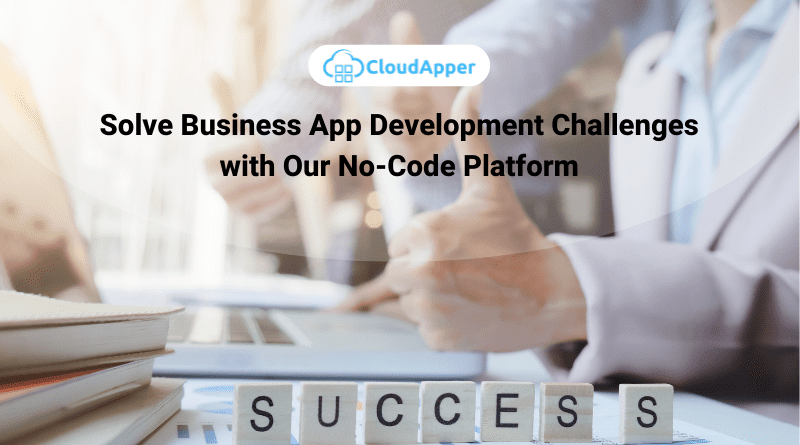Clients were spoilt. Thanks to companies like Amazon and Apple, each firm now expects to supply products and services quickly and seamlessly. Customers would like to log into their electrical online account and check their consumption reports in real-time. They plan on buying a phone from their telecom providers and have it activated and set up instantly it is out of the box.
They wish bank loans to be granted in minutes or approved. They want all service providers to have automatic data access earlier and to not ask again the same questions. They wonder why a Bank requires its salary slips as evidence of revenue when its employer deposits its money directly into the bank every month.
These expectations cannot be met by many traditional organizations. Digital-aged attackers might thus slip into and disrupt the market by delivering digital services quickly in combination with advanced algorithms and complete access to data.
Customers would not put it this way, but they demand a major revamp of the business processes from organizations in numerous industries. Customers are becoming increasingly familiar with Intuitive interfaces, availability on a daily basis, real-time fulfillment, personalized treatment, worldwide consistency, and zero faults. It’s more than an improved customer experience; if they do, they may also provide more competitive rates due to fewer costs, better operational controls, and lower risk.
Delighting the customer
To achieve these high customer requirements, companies need to speed up their digitization of business processes. But they should not just automate an existing process. They must redesign the entire business process, including a reduction in the number of procedures necessary, a reduction in documentation, automated decision-making, and dealing with regulatory and fraud issues.
Models, skills, structures, and responsibilities of operations need to be changed in keeping with reinvented processes. In order to enable better decision-making, tracking performance, and client understanding, data models must be adapted and rebuilt. Digitization of business processes typically needs the combination of old knowledge and new skills by training a merchandising manager to write a price algorithm, for example. New roles may be needed, such as data scientists and user experience designers.
The advantages are enormous: the digitization of information-intensive procedures can save costs by up to 90% and increase turnaround times through a number of orders. For instance, multiple industries include the digitalization of one bank’s mortgage and decision-making process, a 70 percent reduction of costs per new mortgage, and a decrease from several days to just one minute of the preliminary approval period.
A telecoms company has launched a self-serve, prepaid service in which users can order and activate telephones without the involvement of the back-office. A shoe retailer devised a system to manage its stock, allowing it immediately to know whether a shoe and size were available, saving consumers and sales staff time. An insurance firm established a digital procedure to adjudicate a large proportion of its simple claims automatically.
In addition, replacing paper and manual procedures with mobile applications enables companies to collect information that can be extracted automatically to have a better understanding of process performance, cost drivers, and risk causes. The digital-process performance real-time data and dashboards allow managers to tackle problems before they become critical. For example, supply chain concerns can be discovered and solved more quickly through monitoring customer buying behavior and feedback on digital platforms.
Leading organizations (check our section on case studies section) realize that it often takes incredibly long for traditional, large-scale projects to move to the digital world all the current processes, to have an impact, and occasionally don’t work at all. Instead, successful organizations develop procedures that challenge and reconstruct everything relating to an existing process and rebuild it using cutting-edge digital technology.
As an example, CloudApper is used to consolidate all of your company tools under a single mobile application, giving your staff rapid access to everything they need to lead to success rather than investing time and cash in establishing IT infrastructure from scratch.
In a series of short-term, personalized app deployments, traditionally process reengineering methods such as lean are with no code developing methodologies. This type of approach is normally done process by process.
Success factors
In most industries, companies can learn from the practices of the firm which have succeeded in doing so.
Start at the end state and work back
Digitization of business processes often allows a process to be rebuilt fundamentally; for example, the combination of automated decision-making with self-service removes manual processes. Successful digitalization efforts start with the design of the future status for each process without taking into account present requirements, Reducing turnaround process time from days to minutes.
Once there has been an imperative future, restrictions can be reintroduced (e.g., legal required checks). Companies should not hesitate to challenge every restriction. Many corporate myths can be resolved quickly by talking to consumers or regulators
Tackle the end-to-end customer experience
Digitizing certain customer experience stages may boost efficiency and tackle burning customer problems in specific process areas, but it will never provide a genuinely seamless experience and can therefore leave tremendous potential on the table. Process digitization teams require help from every area involved in the customer experience to tackle end-to-end processes such as customer onboarding.
The end customer should also participate heavily, especially in the challenge of conventional knowledge. To do this, several companies create cross-functional start-up units, which gather all the staff involved in the end-to-end customer experience together. The cross-functional unit is mandated to challenge the status quo. Members are often assigned to increase communication lines and guarantee a genuine team effort.
Build capabilities
Such successful projects stress in-house capabilities, as digitalization skills are in limited supply. The objective is to build a center of excellence with qualified employees that can call upon to quickly digitized. Nevertheless, firms often need to go outside for talent to satisfy the need for new skills and positions, for example, data scientists or user experience designers.
Due to its importance, the first selected managers to conduct the transformation should be carefully selected, trustworthy, and willing to commit for a long time. It is also crucial for the team to be able to create the appropriate technological components modularly to reuse them over processes to maximize economical scale.
Move quickly
Only the end of the project, sometimes years after the start-up, results from traditional IT-intensive programs deliver a return. However, CloudApper can provide increased performance in just three to five months by digitalizing end-to-end procedures. Complex IT problems, such as the integration of legacy systems, may be more difficult to move forward quickly, although delay risks can be mitigated.
For example, IT legacy systems organizations can either export data or combine it with CloudApper via Zapier to make it possible to connect a new customer digital process with pilot customers while a custom app interface was built parallelly built. The risk of integration effort and quick payback were decreased by this method.
It’s not always easy to move swiftly. More often than not, decision-making in business leads to a bottleneck than the development of IT. This is why digitalization programs require strong board backing to bring all stakeholders together, though all other decisions should be transferred to the project team,
Roll in, not out
A new solution is progressively deployed on existing user teams across locations in traditional deployment. Due to drastic changes in processes and organization supports, a fresh approach may be needed when organizations undertake digitization. For example, telecom salespeople may prefer services to be applied for by consumers via the existing storage system rather than self-service kiosks. Bank loan underwriters may not trust automated algorithms and can choose to evaluate applications that are automatically approved.
In these circumstances, the new digital process might be easier to roll into a new organization unit and then putting employees in this unit as the volumes it handles in parallel increase. This makes the shift to the digital system much easier by not expanding the focus on changing old habits and practices. As all of the process volumes move to the new digital process, all required staff from the legacy units would have “swallowed up” by the new organizational unit.
CloudApper is one of the techniques that allow firms to digitize business processes in improving their bottom lines and delight consumers.


















